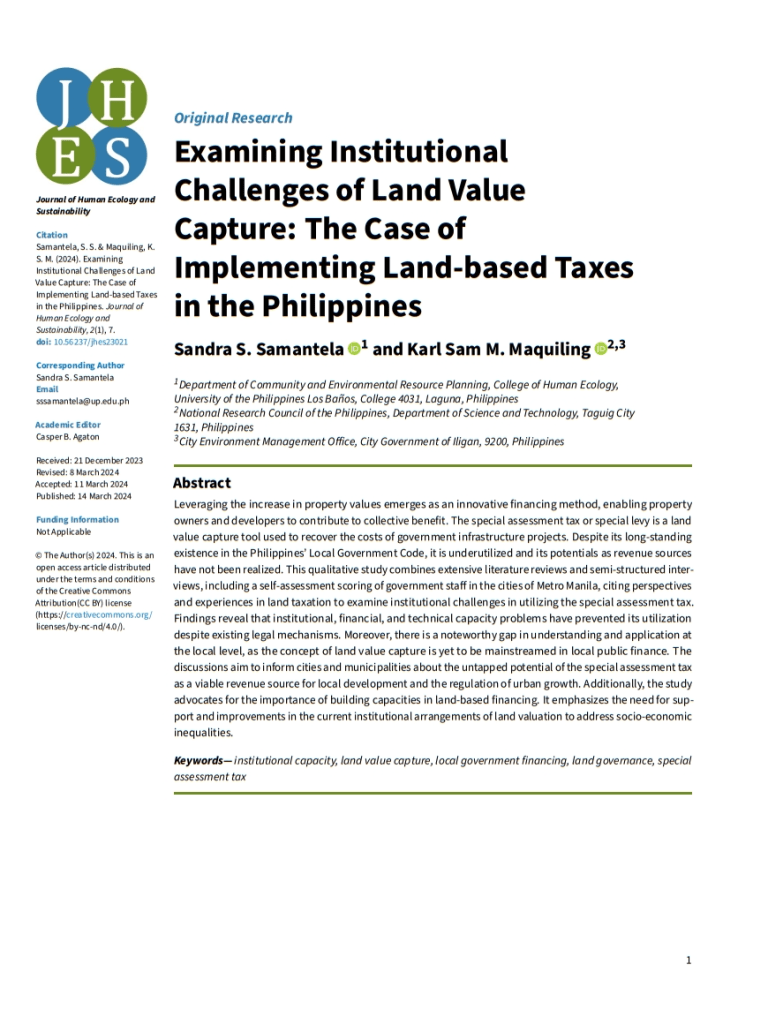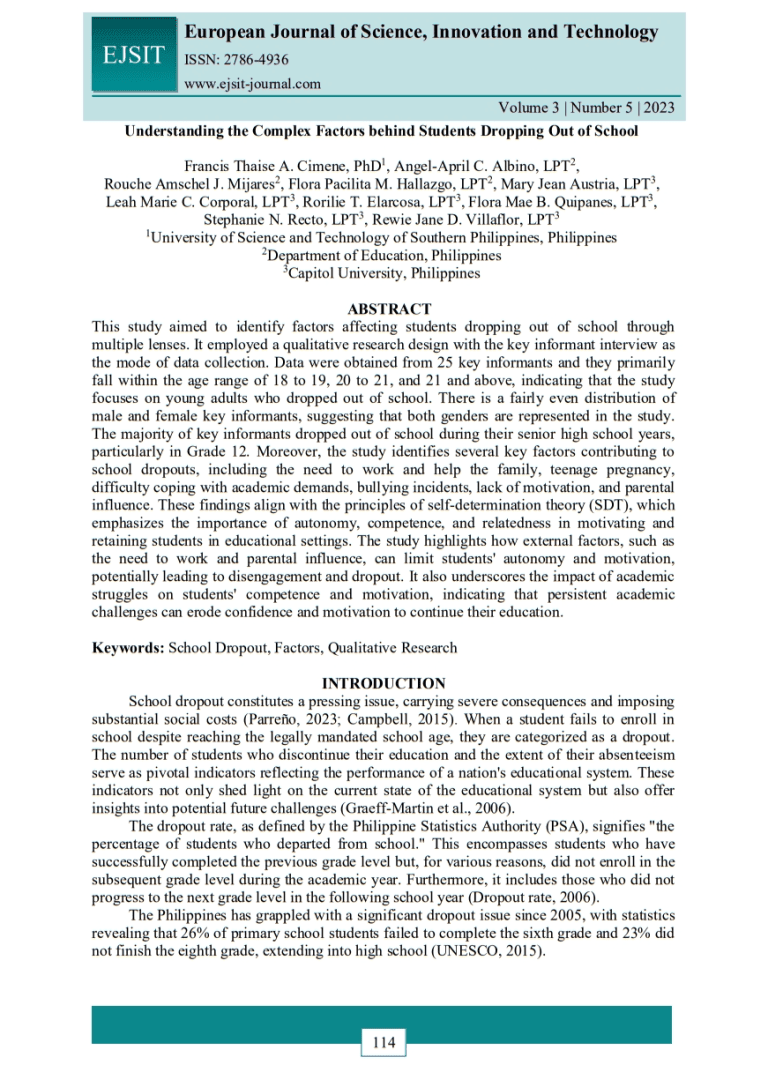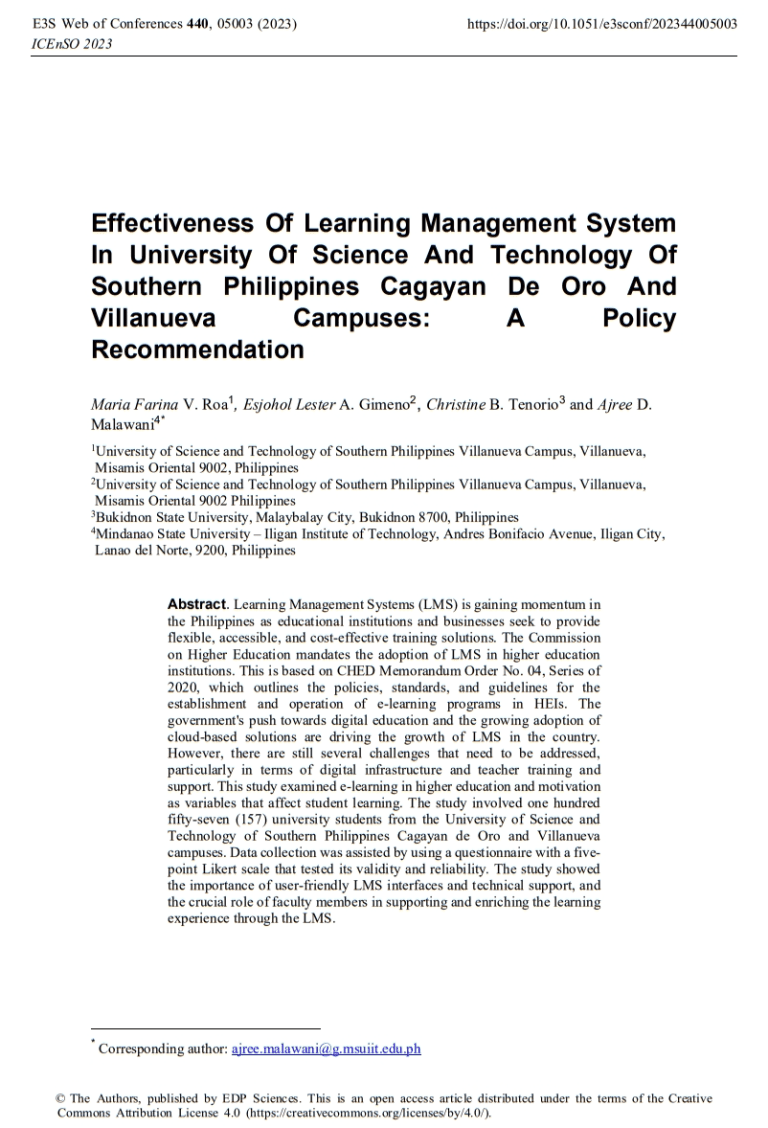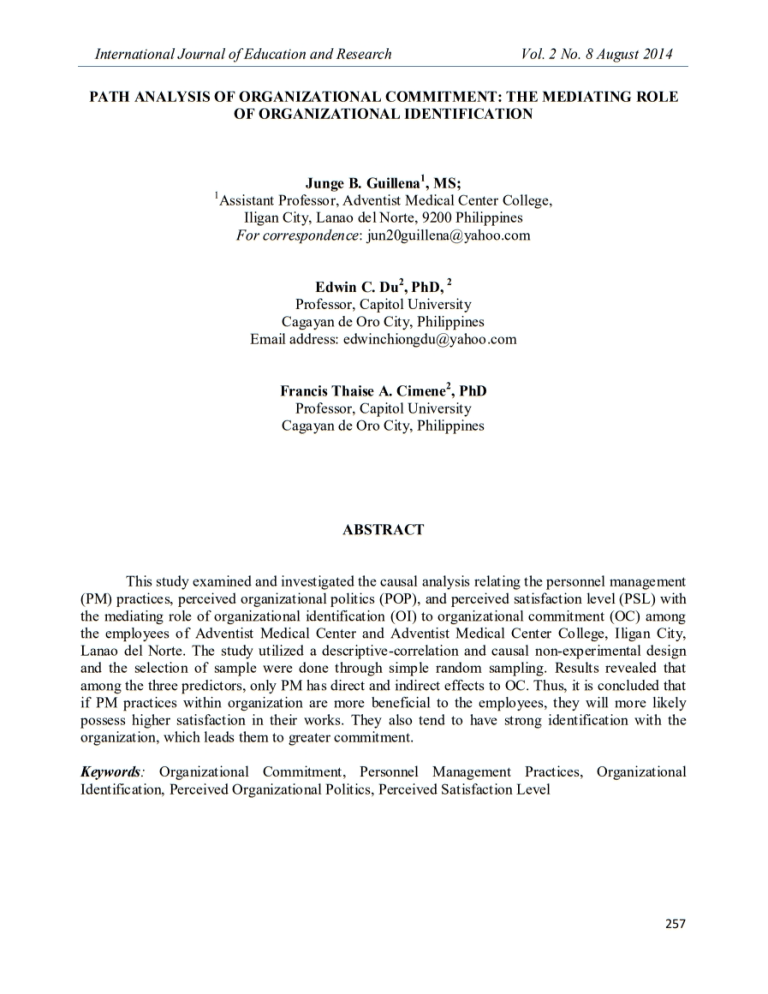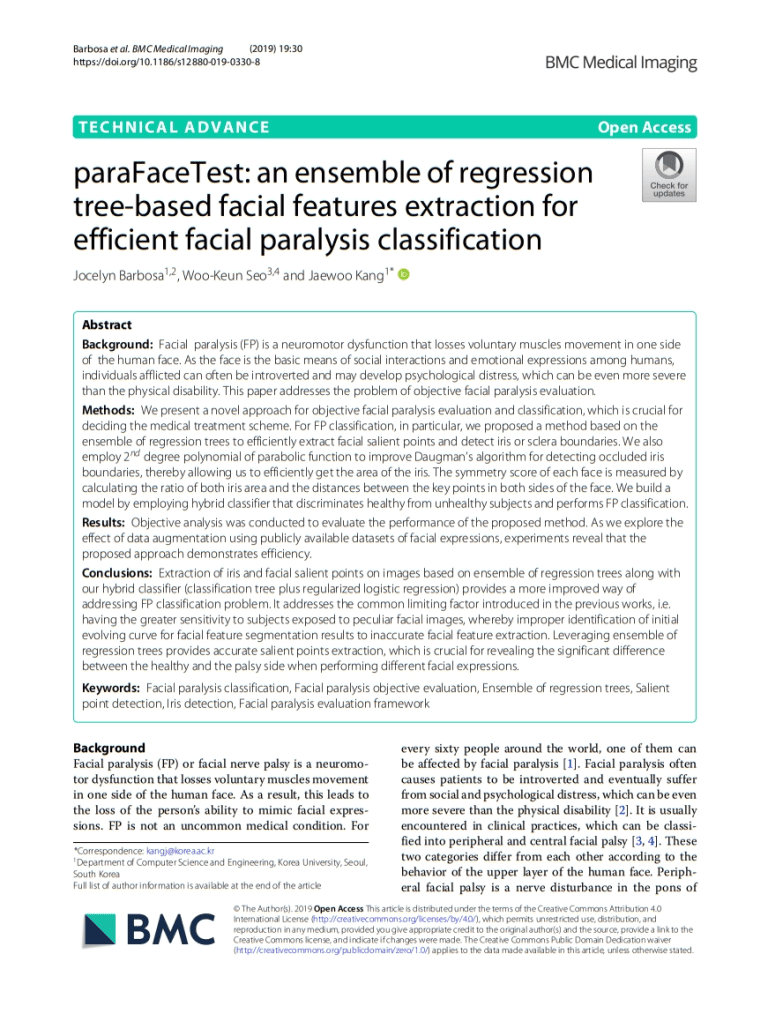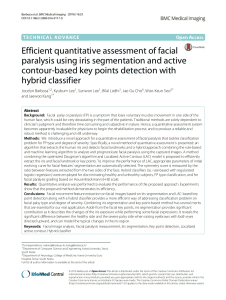

Published: Mar 12, 2016 | Updated: May 02, 2024
Efficient quantitative assessment of facial paralysis using iris segmentation and active contour-based key points detection with hybrid classifier
Authors: Jocelyn Barbosa Kyubum Lee, Sunwon Lee, Bilal Lodhi, Jae-Gu Cho, Woo-Keun Seo and Jaewoo Kang Facial image analysis, Facial paralysis measurement, Hybrid classifier, Iris segmentation, Key point detection, Localized active contourAbstract
Background
Facial palsy or paralysis (FP) is a symptom that loses voluntary muscles movement in one side of the human face, which could be very devastating in the part of the patients. Traditional methods are solely dependent to clinician’s judgment and therefore time consuming and subjective in nature. Hence, a quantitative assessment system becomes apparently invaluable for physicians to begin the rehabilitation process; and to produce a reliable and robust method is challenging and still underway.
Methods
We introduce a novel approach for a quantitative assessment of facial paralysis that tackles classification problem for FP type and degree of severity. Specifically, a novel method of quantitative assessment is presented: an algorithm that extracts the human iris and detects facial landmarks; and a hybrid approach combining the rule-based and machine learning algorithm to analyze and prognosticate facial paralysis using the captured images. A method combining the optimized Daugman’s algorithm and Localized Active Contour (LAC) model is proposed to efficiently extract the iris and facial landmark or key points. To improve the performance of LAC, appropriate parameters of initial evolving curve for facial features’ segmentation are automatically selected. The symmetry score is measured by the ratio between features extracted from the two sides of the face. Hybrid classifiers (i.e. rule-based with regularized logistic regression) were employed for discriminating healthy and unhealthy subjects, FP type classification, and for facial paralysis grading based on House-Brackmann (H-B) scale.
Results
Quantitative analysis was performed to evaluate the performance of the proposed approach. Experiments show that the proposed method demonstrates its efficiency.
Conclusions
Facial movement feature extraction on facial images based on iris segmentation and LAC-based key point detection along with a hybrid classifier provides a more efficient way of addressing classification problem on facial palsy type and degree of severity. Combining iris segmentation and key point-based method has several merits that are essential for our real application. Aside from the facial key points, iris segmentation provides significant contribution as it describes the changes of the iris exposure while performing some facial expressions. It reveals the significant difference between the healthy side and the severe palsy side when raising eyebrows with both eyes directed upward, and can model the typical changes in the iris region.






